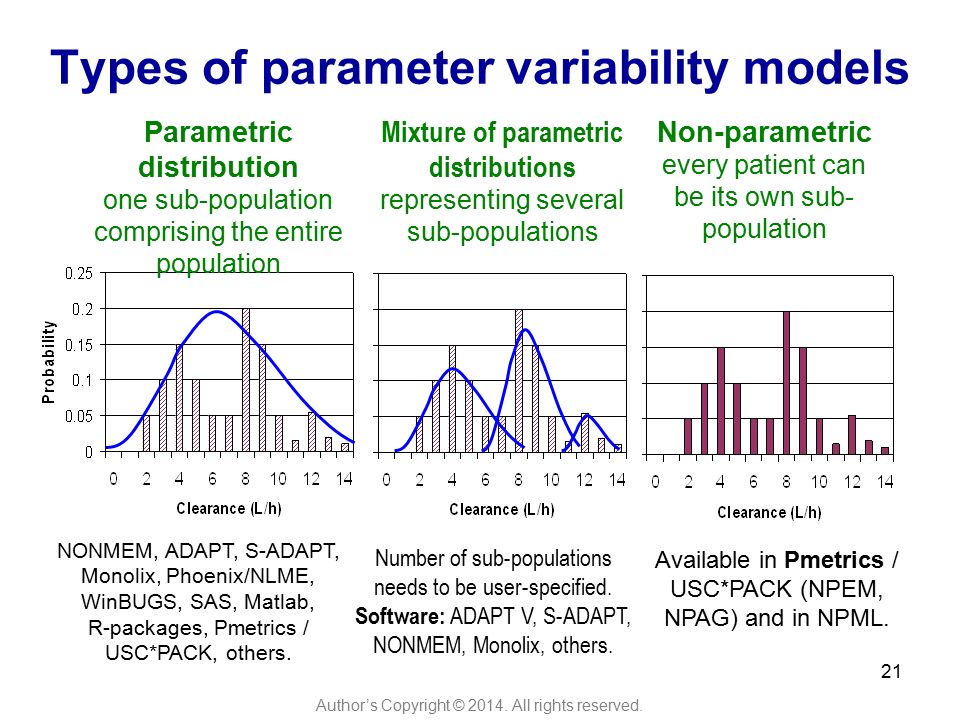

Neither does it talk about any preferred softwares like NONMEM or SAS or Splus.

However, the document doesnt delve deep into the qualification of softwares used for such analysis.

Some examples of how the results are used in drug labeling are also provided. Population Pharmacokinetics - This document provides recommendation on the study design and execution, model development & validation and reporting the results of a PopPK analysis. Listed below are some guidances where PopPK or PK/PD studies are recommended by FDA or EMEA. These guidances provide recommendations on study design, data analysis and report writing which can be very helpful in your work. If you are planning to work in the industry or already dealing with population PK studies, then you may want to read the guidances pertaining to PK/PD.

Participants are requested to bring their own laptop, but a NONMEM or Pirana/PsN installation is not required.After a short hiatus, I am back and hope to continue posting frequently. This courses will give you 28 education hours (1 ECTS). Location: Location to be decided, dependent upon situation around CoVid-19 At the end, each participant will make a final assignment on an individual basis, which will be assessed with a Pass/No-pass. The course ‘Population Pharmacokinetic Modelling’ will be given on 27, 28, 29, 30 October 2020.
hands-on experience with the following software: NONMEM and pirana (the latter also implementing Pearl-speaks-NONMEM (PsN) and R). covariate modelling and development of individualize drug dosing regimen. basic principles of population pharmacokinetic modelling. Course programĭuring this course the following subjects will be treated: Participants are requested to bring their own laptop. The course is open for PhD candidates, post-doctoral researchers and other post-academic professionals. No prior programming experience is required, prior knowledge of basis pharmacokinetic principles is useful. This course is intended as an introduction for those who wish to apply population modelling with NONMEM. perform model-based simulations to optimize and individualize drug dosing regimen. explain how model-based simulations can be used to optimize and individualize drug dosing regimen. explain how covariates can be used to (partially) explain inter-individual variability in population PK models. identify and quantify inter-individual variability and covariate relationships in population PK models. develop structural population PK models to describe the relationships between drug dosing and drug concentration. explain how PK processes are parameterized and how models are used to describe and predict concentration-time profiles. Learning goalsĪfter this part of the course, you will be able to: The model-based simulations can then be used to individualize drug dosing recommendations for these patients, based on their characteristics. With the simulations, we can identify characteristics that can put patients at risk for overdosing, leading to undesired side-effects, or underdosing, leading to therapy failure. Once we have a population PK model that can describe and predict both general trends in the PK of drugs and individual deviations from those trends, we can use model-based simulations to optimize drug dosing. In a subsequent covariate analysis, potential patient and treatment characteristics that can explain (part of) the inter-individual variability are investigated. An important aspect of population PK modeling is identifying sources of variability between individuals of a population and quantifying this inter-individual variability. With population pharmacokinetic (PK) modeling we describe the concentration-time profile of a drug in the body.








 0 kommentar(er)
0 kommentar(er)
